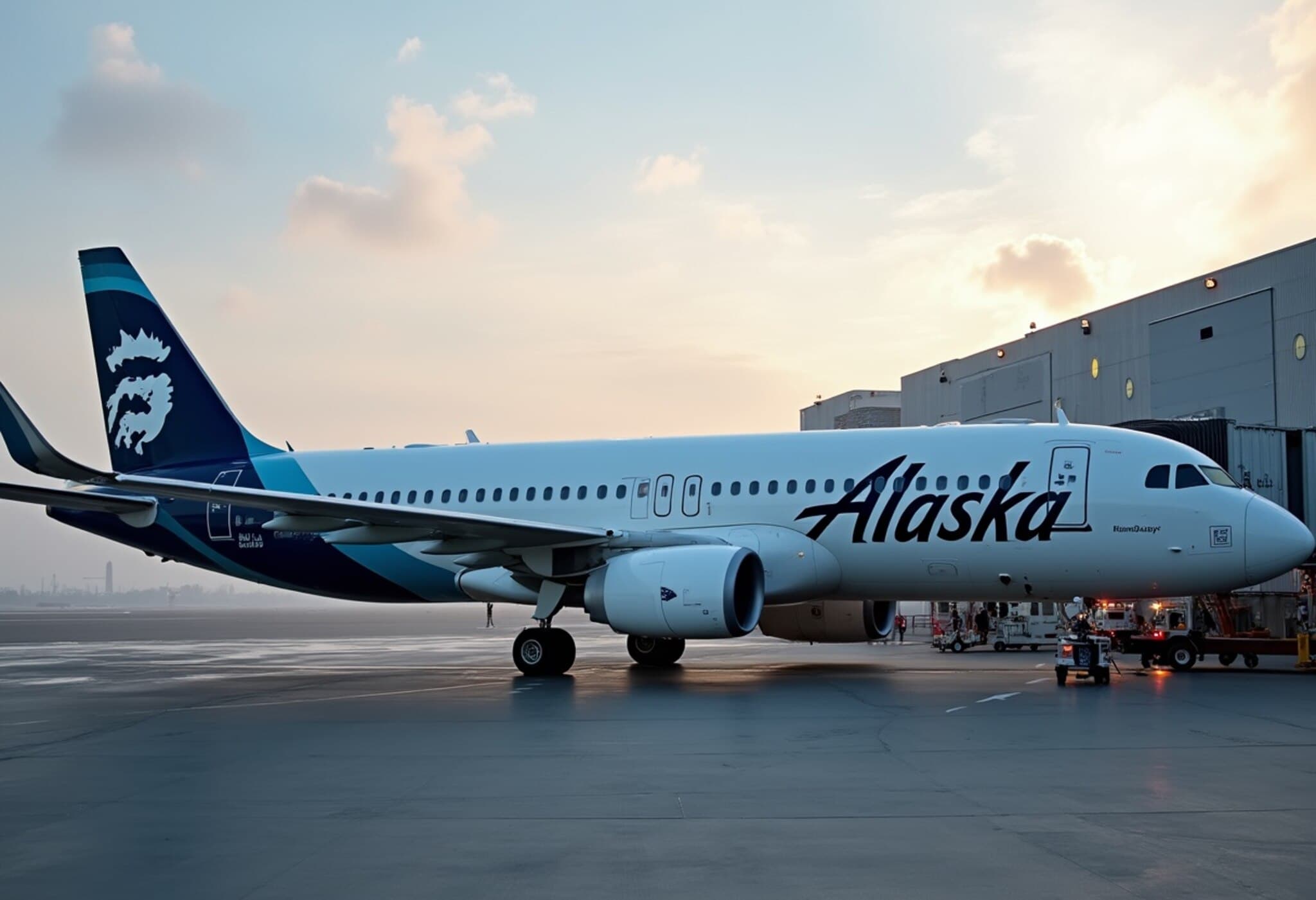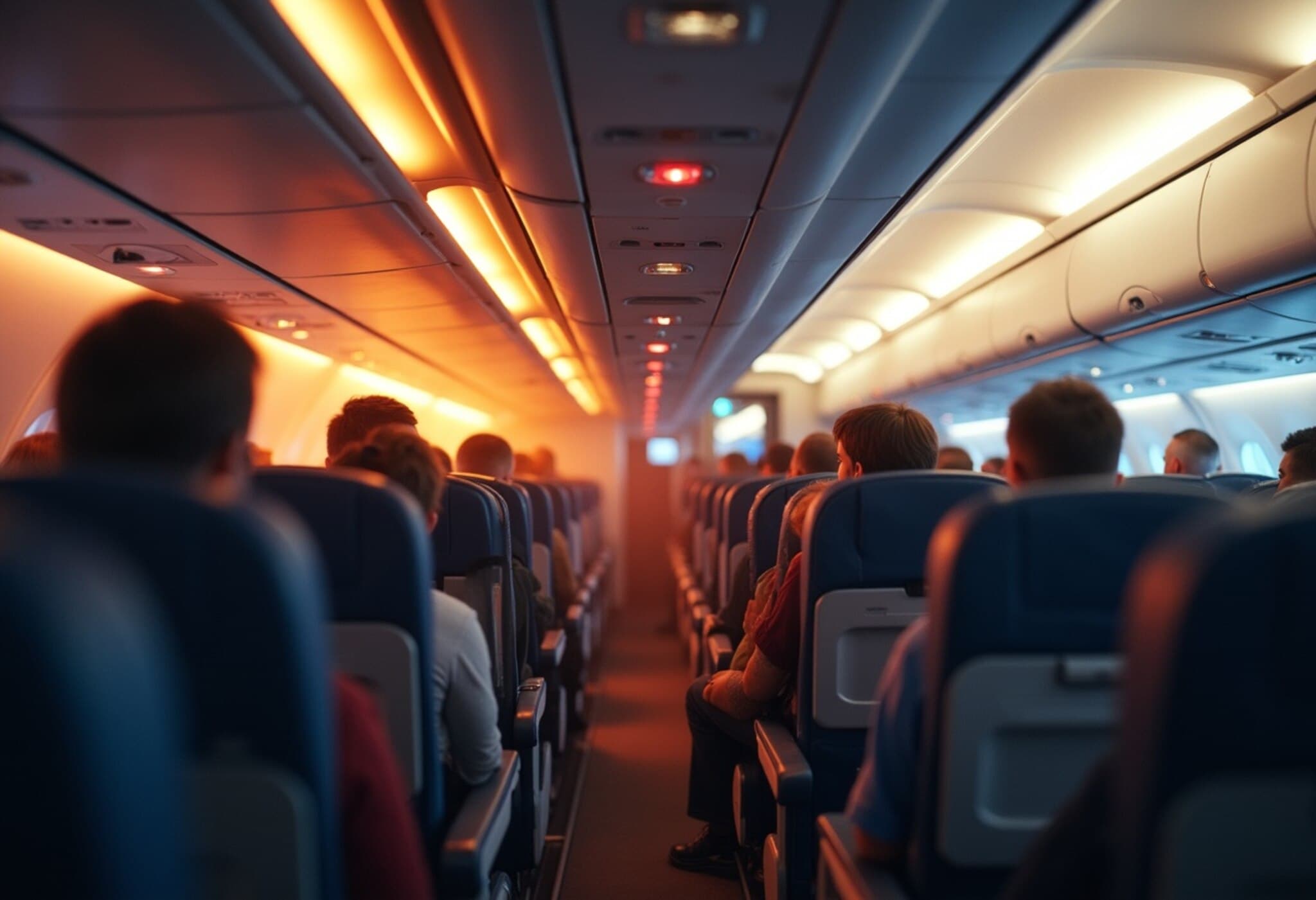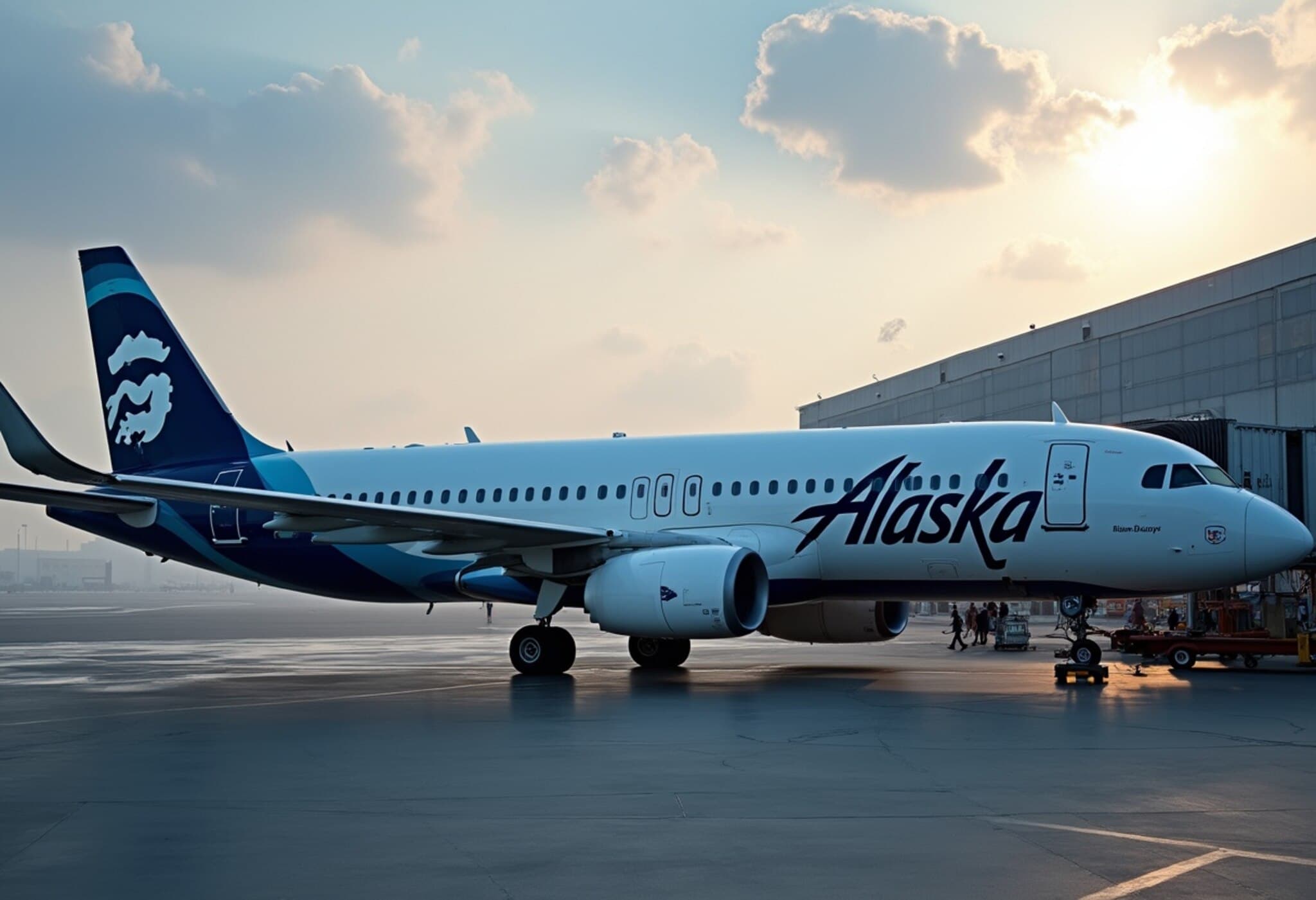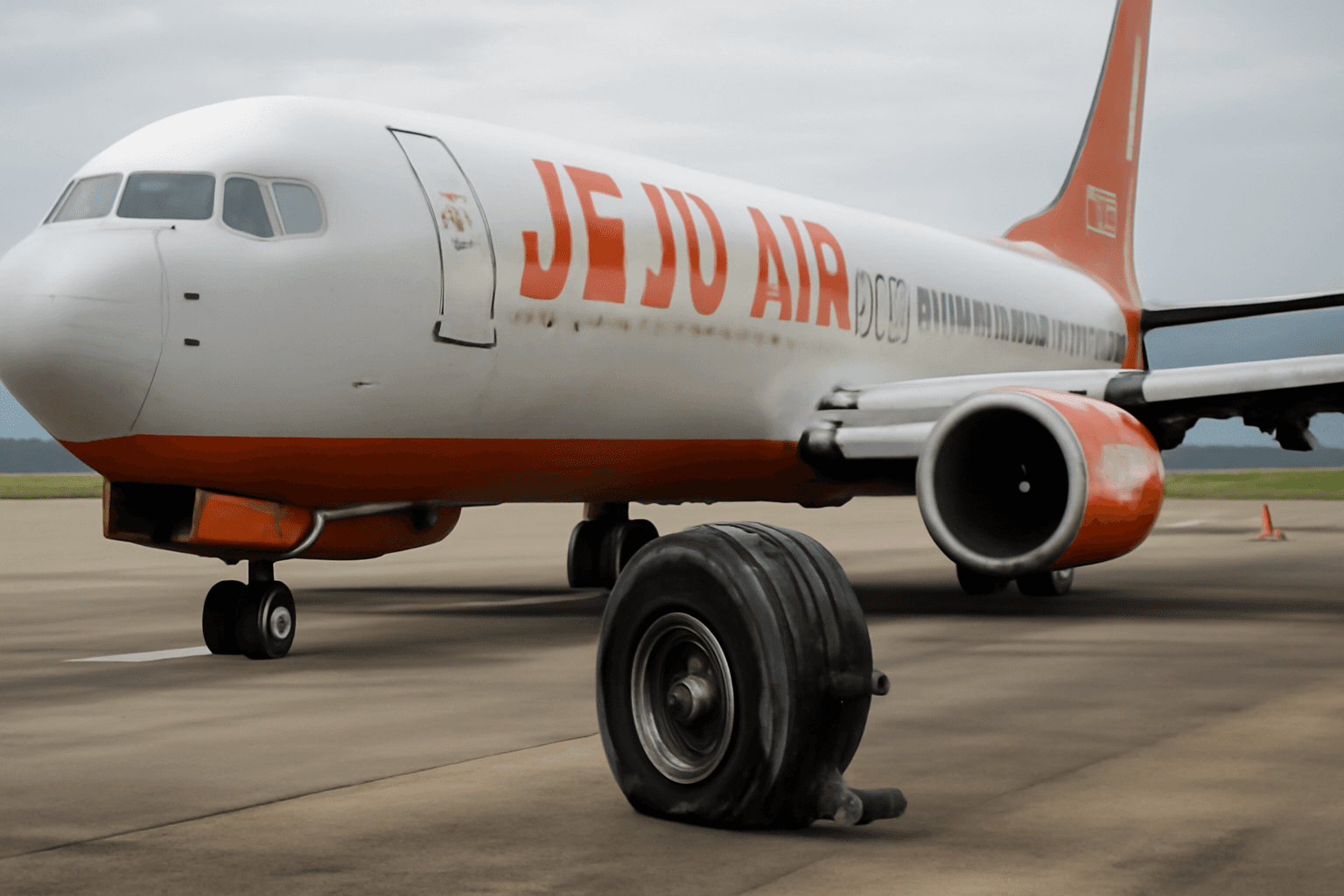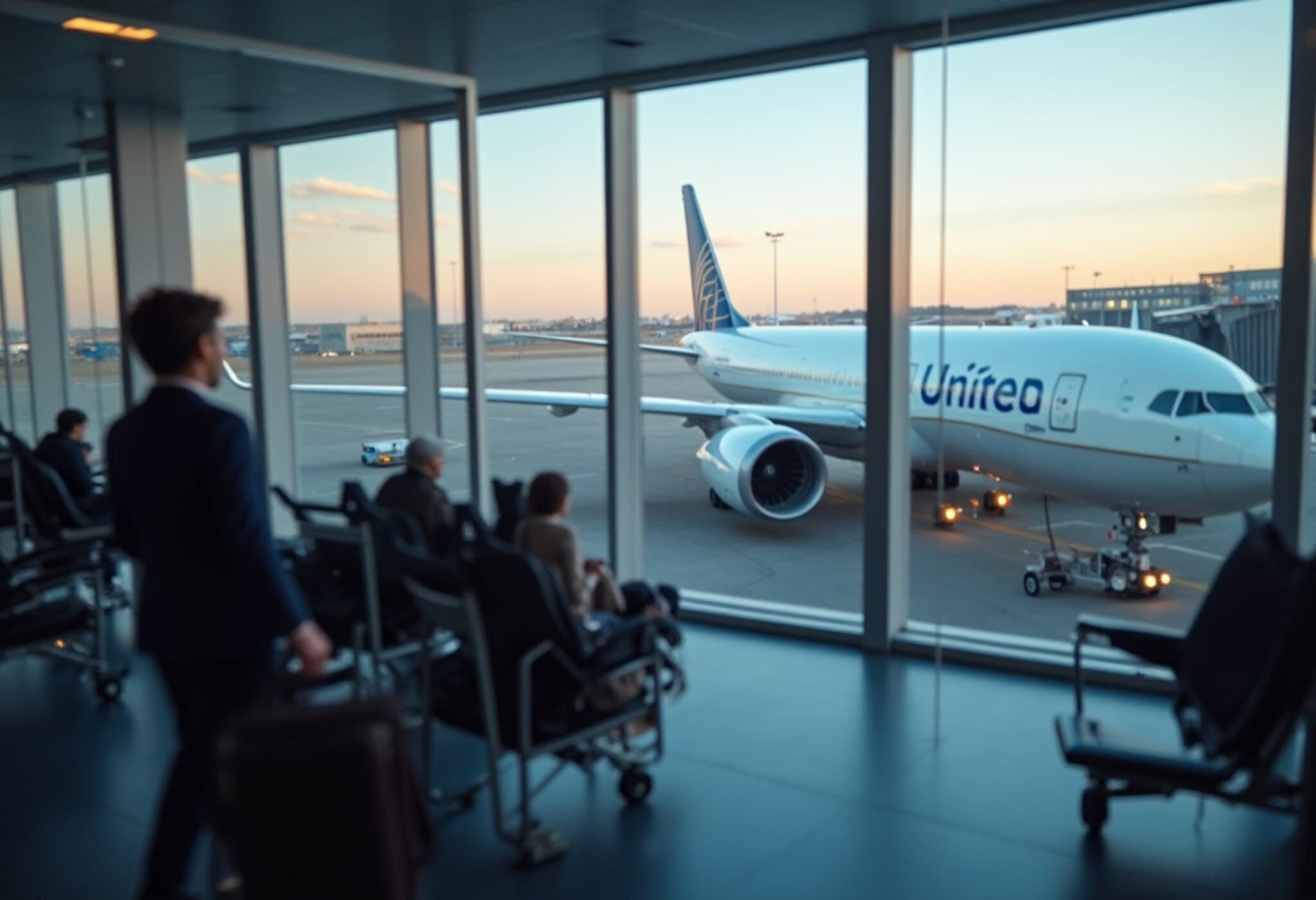Alaska Airlines Grounds Entire Fleet Due to Major IT Outage
In an unprecedented move, Alaska Airlines was forced to ground its entire fleet of over 200 aircraft late Sunday evening, July 20, 2025, sparking widespread disruption across its domestic and regional routes. The Federal Aviation Administration (FAA) issued a sudden ground stop notice that impacted all flights operating under Alaska Airlines’ primary brand, as well as Horizon Air, its regional affiliate.
Details of the Ground Stop and Immediate Impact
The FAA advisory, released shortly after 9 p.m. Pacific Time, did not initially specify the cause. However, Alaska Airlines later confirmed to national media outlets that a significant IT systems outage had crippled operational capabilities, necessitating a comprehensive grounding of flights until technical fixes could be implemented.
Alaska Airlines operates a robust fleet, comprising 238 Boeing 737s and 87 Embraer 175s, according to company data. The FAA’s ground stop encompassed this vast fleet plus Horizon Air’s regional aircraft, effectively pausing all departures and disrupting travel plans for thousands of passengers across the United States.
Airline Response and Passenger Advisory
In a statement released late Sunday, Alaska Airlines expressed regret over the disruption: "At approximately 8 p.m. Pacific, an IT outage impacted our operations, prompting a system-wide ground stop for Alaska and Horizon Air flights. We apologize sincerely to our guests for the inconvenience and advise passengers to verify flight statuses before heading to airports. We anticipate residual delays throughout the evening."
This outage illustrates the critical dependency of modern airline operations on sophisticated IT systems. From flight scheduling and crew coordination to safety communications and gate management, disruptions in these networks can cascade into broader operational paralysis.
Broader Industry and Economic Implications
Such fleet-wide groundings are rare but not without precedent. For a major US carrier like Alaska Airlines, this incident raises questions about the resilience and cybersecurity of aviation IT infrastructures, especially amid rising cyber threats and increasing system complexities.
For travelers, this event is a stark reminder to monitor airlines’ communications closely and prepare contingency plans during volatile periods. Moreover, the ripple effects extend beyond the airline—airports, ground services, and even regional economies can experience the fallout from prolonged flight cancellations.
Expert Insights: Navigating Aviation’s Digital Vulnerabilities
Dr. Elaine Thompson, an aviation systems analyst based in Seattle, remarked: "The aviation industry’s digital backbone is both a strength and vulnerability. Investments in redundancies and rapid recovery protocols are essential to prevent small glitches from ballooning into full-scale operational shutdowns."
She added, "Passengers should also advocate for greater transparency and accountability from carriers regarding technology failures that affect their travel."
What’s Next for Alaska Airlines and Its Customers?
- Restoration timeline: The airline is working intensively to resolve the IT fault and gradually resume normal operations.
- Passenger support: Alaska Airlines is expected to ramp up customer service efforts, including rebooking and compensation options.
- Regulatory scrutiny: The FAA and Department of Transportation may assess the incident for compliance and safety impact.
Travelers scheduled on Alaska or Horizon flights should proactively check official airline channels and prepare for potential delays or cancellations over the coming days.
Editor’s Note
Alaska Airlines’ full fleet grounding underscores an emerging reality in aviation: as airlines become ever more reliant on IT systems, the risks of technological failures grow exponentially. This incident spotlights not only operational vulnerabilities but also the need for transparent communication, robust contingency planning, and industry-wide upgrades to digital defenses. Passengers and policymakers alike should watch how Alaska Airlines recovers and what lessons emerge to fortify the future of air travel.

